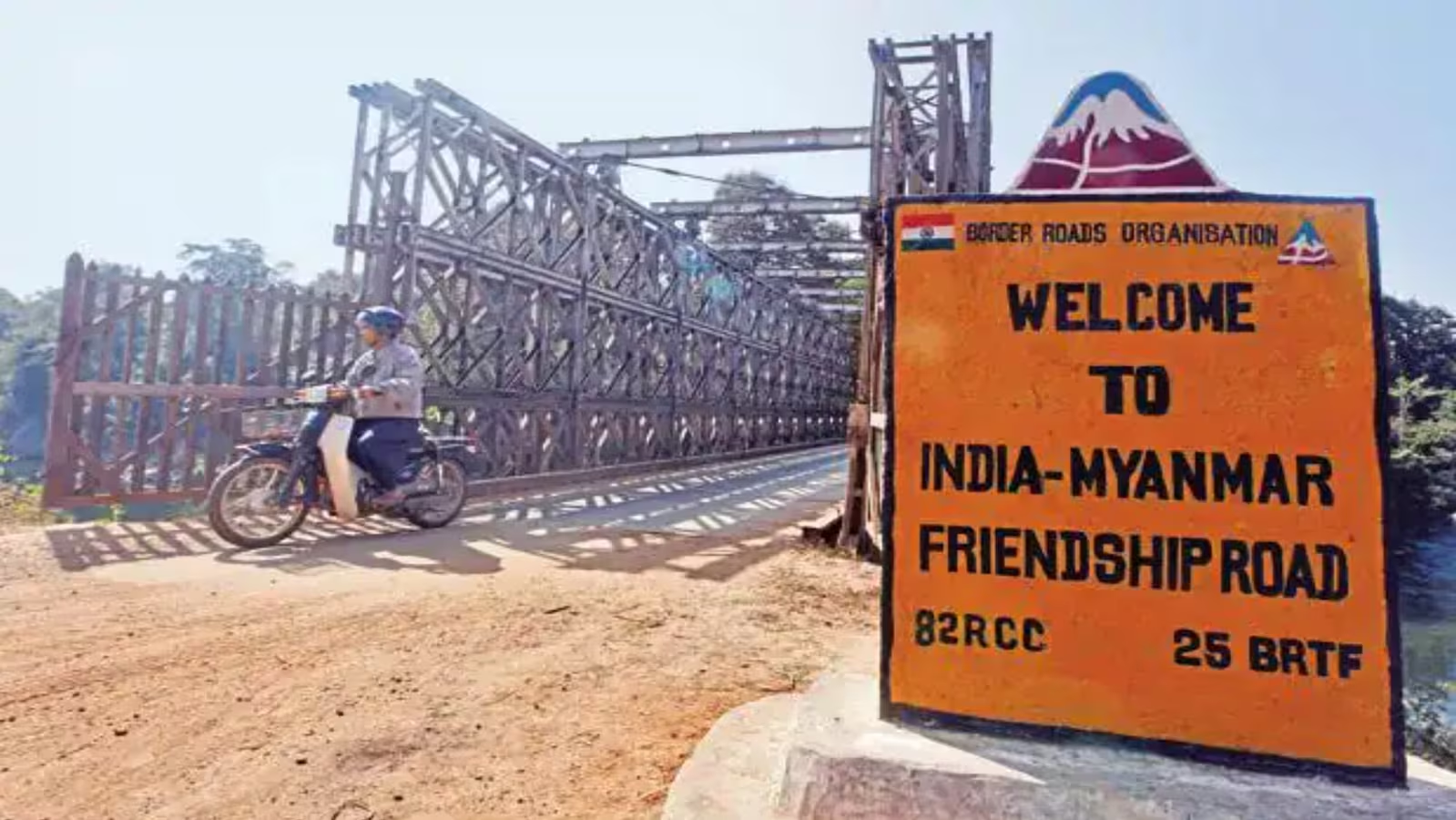
India-Myanmar-Thailand Trilateral Highway nears completion with 70% of construction work finished: Nitin Gadkari
text_fieldsNew Delhi: Significant progress has been made on the India-Myanmar-Thailand Trilateral Highway, with approximately 70% of the construction work completed, said Union Minister Nitin Gadkari. The ambitious project is aimed at establishing a 1,400-kilometre-long highway linking India with Southeast Asia, facilitating enhanced trade, business, healthcare, education, and tourism among the three nations.
In response to inquiries about the project's progress, Minister Gadkari said, "Around 70% work of the project is completed." Specific details regarding the timeline for completion and operationalisation were not provided. The strategic highway project has faced delays. Initially, the government targeted December 2019 as the deadline for making the highway operational.
Now, the completion of the highway is anticipated by 2024. Once finished, it is expected to enhance trade and tourism between India, Myanmar, and Thailand, while also improving connectivity and security within the region. The highway will connect Moreh in Manipur, India, with Mae Sot in Thailand via Myanmar, creating a crucial land route between the countries.
The India-Myanmar-Thailand Trilateral Highway, part of India's Look East policy, encompasses a three-phase construction plan. Phase I involves the construction of 78 kilometres of new roads and the upgrading of 400 kilometres of existing roads in India. Phase II focuses on building 120 kilometres of new roads and upgrading 280 kilometres of existing roads in Myanmar. Lastly, Phase III entails the construction of 400 kilometres of new roads and the upgrading of 300 kilometres of existing roads in Thailand.
The India-Myanmar-Thailand Trilateral Highway forms part of the Trans-Asian Highway Network, which connects numerous Asian countries through a vast road network. Additionally, it contributes to the East-West Economic Corridor, facilitating trade and investment between Southeast Asia and South Asia.
This infrastructure project holds significant economic and security implications for the three nations involved, symbolising their cooperative efforts and friendship. Moreover, it represents a key component of India's Look East policy, highlighting the country's commitment to strengthening ties with its Southeast Asian neighbours.





















